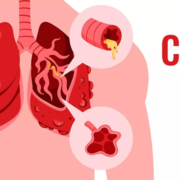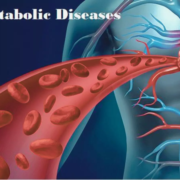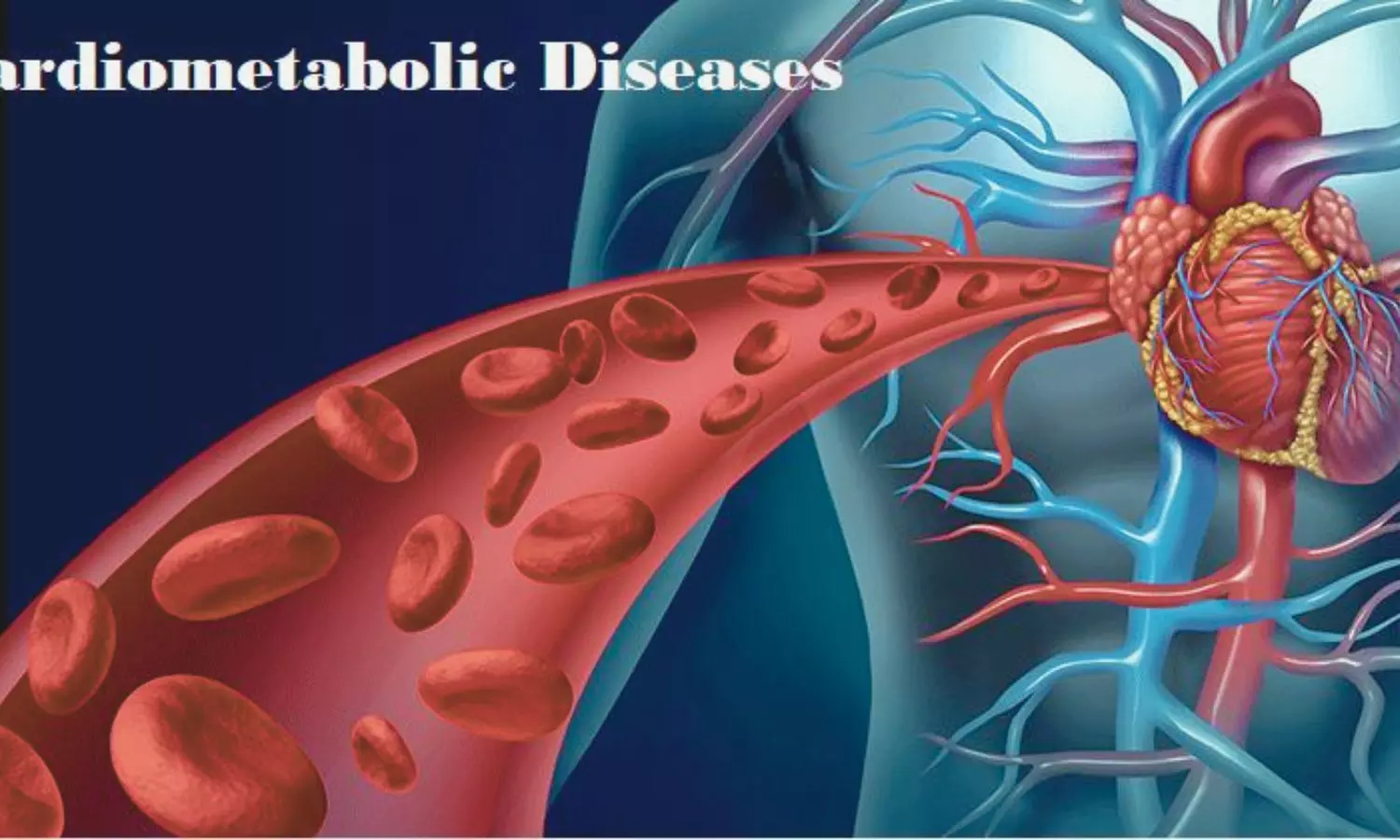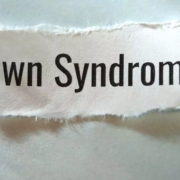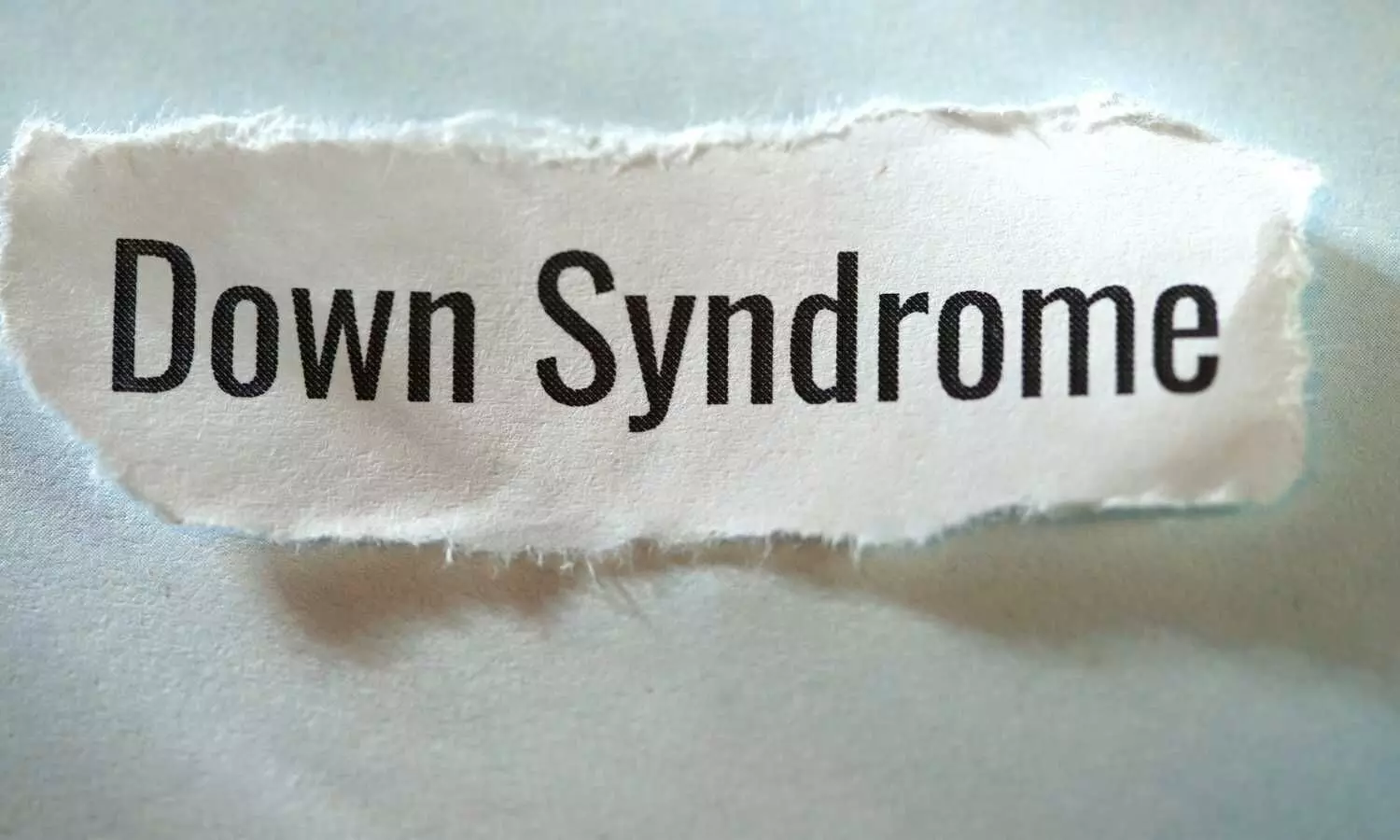Hospitalisation in COPD Patients Linked to Sharp Rise in Cardiovascular Events and Mortality: Study
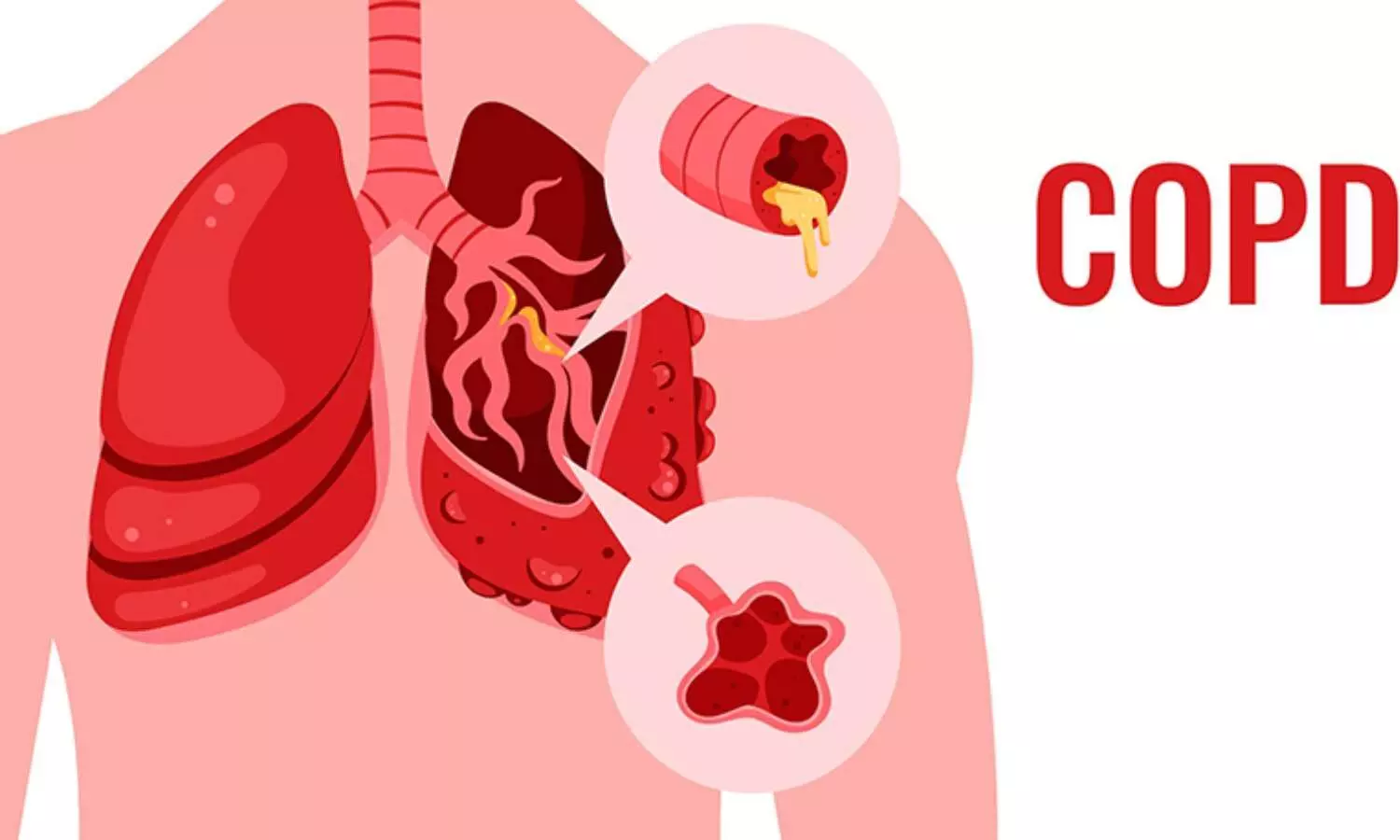
UK: A recent study published in the International Journal of Chronic Obstructive Pulmonary Disease highlights a concerning link between hospitalisation in individuals with chronic obstructive pulmonary disease (COPD) and a significantly heightened risk of major adverse cardiovascular events (MACE) and mortality within the year following discharge.
Conducted by Anne E. Ioannides and her colleagues at the School of Public Health, Imperial College London, the prospective cohort study utilised electronic health records from across England between 2010 and 2019. Researchers analysed data from the Clinical Practice Research Datalink Aurum, which was linked with hospital and mortality records, to assess outcomes in COPD patients who experienced at least one hospitalisation compared to those who did not.
The study focused on two primary outcomes: non-fatal MACE—including acute coronary syndrome, arrhythmia, heart failure, or ischemic stroke—and cause-specific mortality over one year post-hospitalisation. Participants were stratified based on whether the hospitalisation was elective or emergency, and by the cause of admission (cardiovascular, respiratory, or other causes).
The following were the key findings of the study:
- Cardiovascular risk significantly increased in COPD patients following hospitalisation.
- Emergency hospitalisation was associated with an eight-fold higher risk of major cardiovascular events within one year (adjusted hazard ratio [aHR] 8.85).
- Elective hospitalisations were linked to a seven-fold increase in cardiovascular event risk (aHR 7.04) compared to those who were not hospitalised.
- All-cause mortality was notably higher after hospitalisation, especially for emergency admissions (aHR 2.49).
- Elective cardiovascular hospitalisations did not show a significant rise in mortality risk.
- The cause and type of hospitalisation influenced cause-specific mortality outcomes.
- Respiratory-related hospitalisations were more likely to lead to respiratory-related deaths, highlighting a connection between the reason for admission and the eventual cause of death.
The researchers acknowledged several limitations, including potential misclassification of disease causes and lack of data on in-hospital treatments or medication use. Nonetheless, the study leveraged a robust dataset representative of the UK population and employed validated methodological approaches, including sensitivity analyses and propensity score adjustments.
From a clinical and public health standpoint, the study emphasizes the need for proactive cardiovascular screening and management in all COPD patients following hospitalisation, regardless of the reason for admission. Given that cardiovascular disease often remains underdiagnosed and undertreated in COPD patients, hospitalisation presents a key opportunity to initiate preventive strategies aimed at reducing MACE and mortality.
The study concludes that every hospital encounter for individuals with COPD should be viewed as a critical juncture to assess and manage cardiovascular risks. By doing so, healthcare systems may help mitigate the often-overlooked burden of cardiovascular complications and improve long-term outcomes in this high-risk population.
Reference:
Ioannides AE, Whittaker HR, Quint JK. Major Adverse Cardiovascular Events and Cause-Specific Mortality After Hospitalisation in COPD. Int J Chron Obstruct Pulmon Dis. 2025;20:2549-2560
https://doi.org/10.2147/COPD.S529171
Powered by WPeMatico

